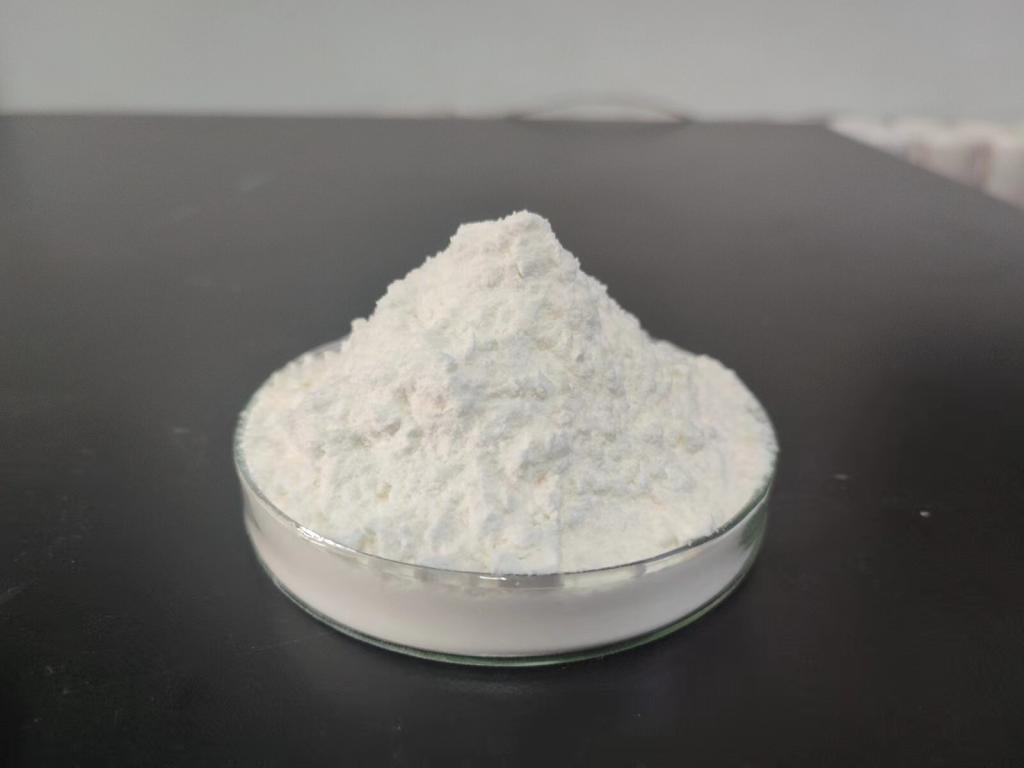Tel:+8618231198596

News
 CONTACT
CONTACT
 CONTACT
CONTACT
- Linkman:Linda Yao
- Tel: +8618231198596
- Email:linda.yao@dcpharma.cn
- Linkman:CHARLES.WANG
- Department:Overseas
- Tel: 0086 0311-85537378 0086 0311-85539701
News
ε-Polylysine Hydrochloride in Sustainable Water Management: A Solution for Contaminant Removal
TIME:2024-03-14
Water Pollution and Quality Challenges:
Water pollution, resulting from industrial activities, agricultural runoff, and urbanization, poses significant threats to water quality and human health. Common contaminants include heavy metals, pesticides, pharmaceuticals, and pathogens, which can have adverse effects on ecosystems and public health. Addressing water quality challenges requires innovative approaches that prioritize sustainability and environmental responsibility.
Introduction to ε-Polylysine Hydrochloride:
ε-Polylysine hydrochloride is a cationic biopolymer produced by microbial fermentation of Streptomyces albulus. It consists of multiple lysine residues linked by peptide bonds and possesses unique properties that make it suitable for various applications, including water treatment. ε-Polylysine is biodegradable, non-toxic, and biocompatible, making it an environmentally friendly alternative to synthetic polymers and chemical additives.
Mechanisms of Contaminant Removal:
ε-Polylysine hydrochloride exhibits multifunctional properties that facilitate the removal of contaminants from water:
a. Adsorption: The positively charged amino groups in ε-polylysine interact with negatively charged contaminants through electrostatic attraction, facilitating their adsorption onto the polymer matrix.
b. Coagulation and Flocculation: ε-Polylysine can destabilize colloidal particles and organic matter in water, promoting their aggregation and precipitation as flocs, which can be easily removed by sedimentation or filtration.
c. Antimicrobial Activity: ε-Polylysine possesses antimicrobial properties, inhibiting the growth and proliferation of bacteria and pathogens in water, thereby reducing the risk of waterborne diseases.
Applications of ε-Polylysine Hydrochloride in Water Treatment:
ε-Polylysine hydrochloride has diverse applications in sustainable water management:
a. Removal of Heavy Metals: ε-Polylysine effectively binds to heavy metal ions such as lead, cadmium, and mercury, facilitating their removal from contaminated water through adsorption and precipitation.
b. Degradation of Organic Pollutants: ε-Polylysine can enhance the degradation of organic pollutants, including pesticides, dyes, and pharmaceuticals, through adsorption, coagulation, and microbial activity.
c. Disinfection: The antimicrobial properties of ε-Polylysine make it effective for disinfecting water and controlling bacterial contamination, reducing the need for chemical disinfectants such as chlorine.
d. Water Clarification: ε-Polylysine can improve the clarity and turbidity of water by promoting the formation of larger, settleable flocs, facilitating their removal through sedimentation or filtration processes.
Advantages of ε-Polylysine Hydrochloride in Sustainable Water Management:
The use of ε-polylysine hydrochloride offers several advantages for sustainable water treatment:
a. Environmental Compatibility: ε-Polylysine is derived from natural sources and biodegrades into harmless compounds, minimizing its environmental impact compared to synthetic polymers and chemical additives.
b. Versatility: ε-Polylysine can be tailored to specific water treatment applications through modifications in molecular weight, charge density, and functional groups, providing versatility and flexibility in treatment processes.
c. Cost-Effectiveness: ε-Polylysine offers a cost-effective alternative to conventional water treatment methods, reducing the need for expensive chemicals and energy-intensive processes.
d. Safety: ε-Polylysine is non-toxic, non-allergenic, and safe for human and environmental health, ensuring compliance with regulatory standards and public safety requirements.
Implementation Strategies and Considerations:
Integrating ε-polylysine hydrochloride into water treatment systems requires careful planning and consideration of various factors:
a. Pilot Studies: Conducting pilot-scale studies to evaluate the effectiveness and feasibility of ε-polylysine-based treatment processes under real-world conditions.
b. System Compatibility: Assessing the compatibility of ε-polylysine with existing water treatment infrastructure, including filtration systems, pumps, and monitoring equipment.
c. Regulatory Compliance: Ensuring compliance with regulatory standards and guidelines governing water quality, treatment processes, and the use of additives in drinking water.
d. Stakeholder Engagement: Engaging stakeholders, including water utilities, regulatory agencies, and community members, in the decision-making process and communicating the benefits and risks of ε-polylysine-based water treatment.
Future Directions and Challenges:
As interest in sustainable water management grows, there is a need for continued research and innovation to optimize the use of ε-polylysine hydrochloride in water treatment. Key areas for future exploration include:
a. Optimization of Formulations: Developing novel ε-polylysine formulations with enhanced adsorption capacity, selectivity, and stability for specific contaminants.
b. Integration with Advanced Technologies: Exploring synergies between ε-polylysine and emerging water treatment technologies, such as membrane filtration, photocatalysis, and electrochemical processes.
c. Scale-Up and Commercialization: Scaling up ε-polylysine-based water treatment processes for industrial applications and commercialization, while ensuring economic viability and sustainability.
d. Addressing Knowledge Gaps: Addressing gaps in knowledge regarding the long-term performance, fate, and environmental impact of ε-polylysine in water systems through interdisciplinary research and collaboration.
Conclusion:
ε-Polylysine hydrochloride holds significant promise as a sustainable solution for contaminant removal in water treatment, offering advantages such as environmental compatibility, versatility, and cost-effectiveness. By harnessing the unique properties of ε-polylysine, water managers and policymakers can enhance the sustainability and resilience of water systems, safeguarding public health and environmental integrity for future generations. Continued investment in research, development, and implementation of ε-polylysine-based water treatment technologies is essential to realize its full potential and address the complex challenges of water pollution and scarcity in the 21st century.
- Tel:+8618231198596
- Whatsapp:18231198596
- Chat With Skype







